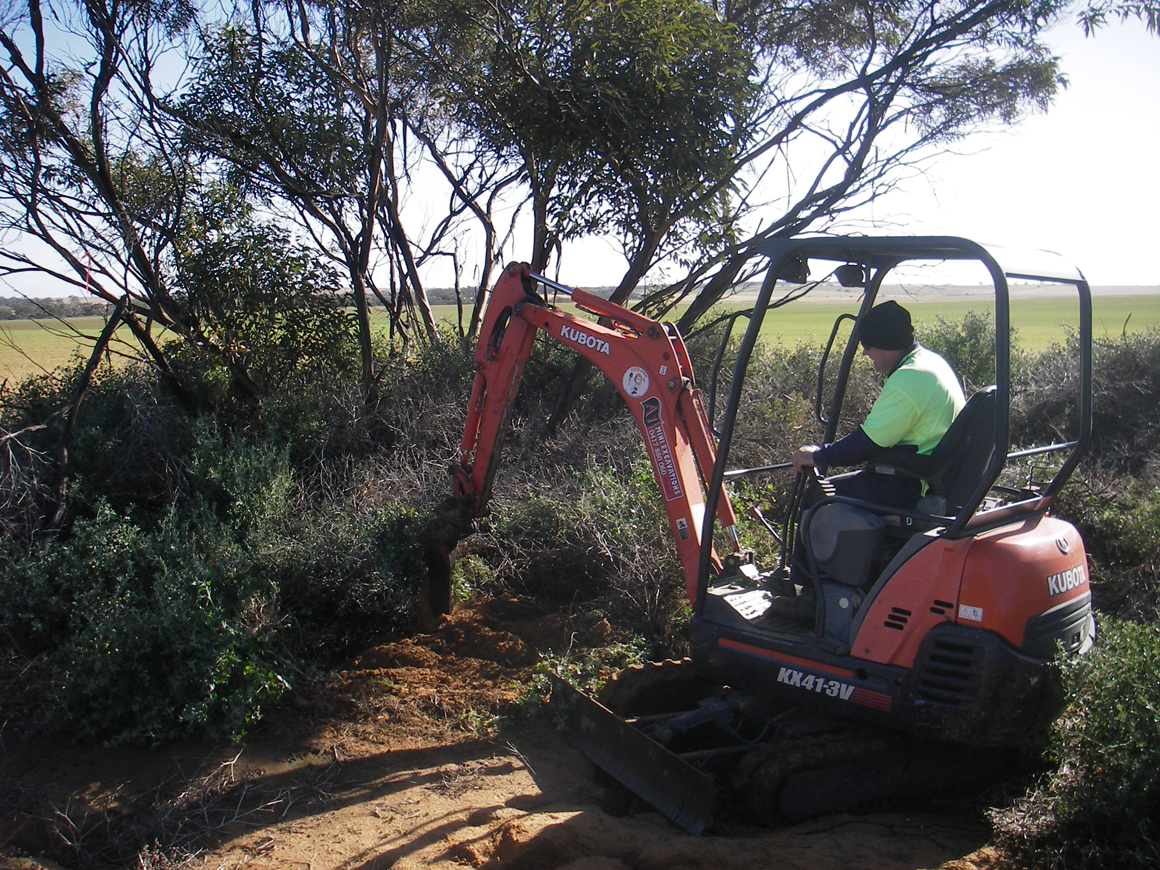Effective rabbit control requires the planned integration of different control techniques, but a recent paper in the Journal of Pest Science by Taggart et al concluded that ‘Land managers view RHDV as a ‘silver bullet’ and release it to avoid applying more expensive but more effective control methods’. This conclusion was reached after the authors analysed 7,415 voluntarily submitted rabbit control records and found that an increased probability of RHDV release was associated with a decreased probability of that control being integrated with other forms of rabbit control.
The study showed that most managers (61%) only used one control technique, rather than a combination of integrated options as is recommended. The more positive flip side of that is that 39% were following recommended practices.
The release of calicivirus (RHDV) and fumigation were the practices most likely to be undertaken in isolation, at the expense of other control options. 85% of those releasing RHDV did not apply any other control practice, while 65% of those using fumigation relied on that alone.
Previous studies have shown that RHDV has often been released at inappropriate times, undermining its immediate and potential long-term effectiveness, especially if the virus was already present in rabbit populations. Warren fumigation has been shown to be of limited effectiveness without repeated treatments or, better, being conducted in conjunction with warren destruction.
Of those using more than one technique the combinations were not always biologically appropriate, well sequenced or cost-efficient. The authors recommend integration of four main sequential control methods:
– Poison baiting,
– Biocontrol, either naturally occurring or a well timed release,
– Warren and/or harbor destruction, and
– Fumigation as a mop-up treatment.
Optimal results occur if controls are applied when rabbits are in low numbers and stressed by seasonal shortfalls in food or by weather conditions. For much of southern Australia that is usually in late summer or early autumn.
A general conclusion was that a greater level of control, at a proportionally lower cost, could be achieved by focusing on the sequential, timely and integrated application of control methods that are known to be highly effective and cost-efficient – and not relying on a ‘silver bullet’.
For more information see:
- Taggart et al in Journal of Pest Science
- How to plan an effective Rabbit Control program
- pestSMART Glovebox Guide for Managing Rabbits

